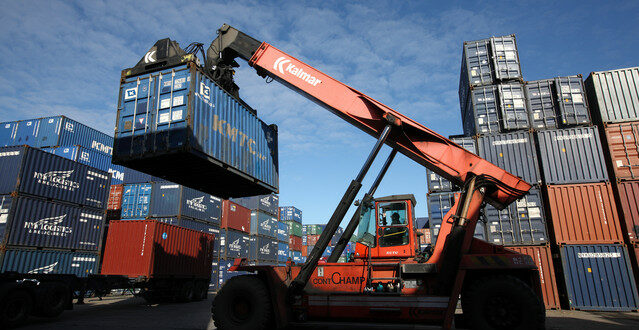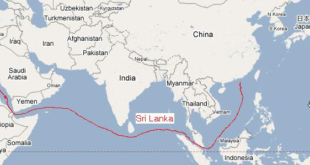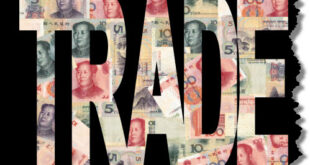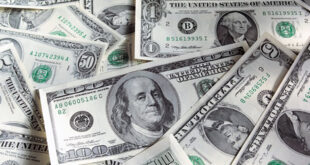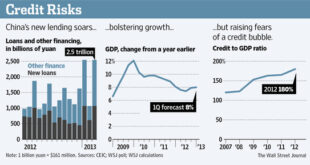Asian banks are providing an increasing chunk of trade finance in the region as European banks pull back due to the eurozone crisis and new bank regulations.
The push by Asian institutions into the market, suggests that trade finance – estimated at $10tn a year globally and supporting more than 80 per cent of global trade – remains available in Asia in spite of the pullback by Europe’s banks, which have historically made up a large part of the sector.
Analysts caution, however, that local banks’ ability to provide trade finance – usually provided in US dollars or euros – is dependent on their own success at tapping the market for funding in those currencies, which can be difficult when markets are turbulent.
In the first quarter of this year, three of the region’s top five providers of trade finance by market share were Asian, according to data from Dealogic. Last year, only one of the top five was based in Asia.
“It … looks as though banks in the region have filled some of the gap for trade financing,” said Richard Jerram, chief economist with Bank of Singapore, a private bank. That growth explains in part why “although financial markets [globally] show short-term correlation at times of systemic stress in Europe, the real economic effects [in Asia] are hard to find.”
Although exports to Europe have slowed, growth in intra-regional trade remains strong, said Shivkumar Seerapu, Deutsche Bank’s head of trade finance in Asia.
European banks, particularly French banks, have had to pull back because of difficulties raising dollar funding and new European capital targets that require them to shrink their balance sheets.
Japanese groups have been the biggest winners regionally, according to Dealogic’s data. Mitsubishi UFJ Financial Group is now ranked first in the region by market share with 16.6 per cent of the market in the first quarter, up from a 5.5 per cent share last year. Sumitomo Mitsui Financial Group has more than doubled its market share to 9.6 per cent.
KEXIM, the Korean export-import bank, and HSBC are also in the top five.
Banks in Singapore, the regional trade hub, are also making a significant push into the sector. DBS, the Singaporean bank, reported that trade finance accounted for half of its loan growth last year.
Overall, Singaporean bank loans for general commerce, a category that includes trade finance, were up 31 per cent year on year in February, compared with 19 per cent growth in other loans, Mr Jerram pointed out in a recent research report.
In contrast, almost every European bank on Dealogic’s list saw its market share in Asia slip.
BBVA, the Spanish bank, fell out of first place as its market share fell from 15.1 per cent to 4.7 per cent. BNP Paribas saw its market share fall from 5.6 per cent to 3.4 per cent and Crédit Agricole, last year ranked tenth, is no longer in the top ten.
But regional banks stepping in will not eliminate all of the pressure on the trade finance market. Demand for foreign currency loans at regional banks is outpacing growth in foreign currency deposits, meaning those banks need to find new ways to raise dollars or euros to continue expanding in trade finance, a banking analyst at Moody’s said.
“Not only are there fewer players, but the players that are left providing trade finance, which is mostly in foreign currency denominated terms, are stretching their asset and liability matching limits,” the analyst said.
Source: http://www.ft.com/cms/s/0/288aa56a-83b3-11e1-82ca-00144feab49a.html#ixzz1rrJILM30
 Asia Finance News Asia finance news, banking, market analysis, business, Forex, trade, Cryptocurrency as it is happening in Asia. Trusted gateway for Asian financial news.
Asia Finance News Asia finance news, banking, market analysis, business, Forex, trade, Cryptocurrency as it is happening in Asia. Trusted gateway for Asian financial news.
